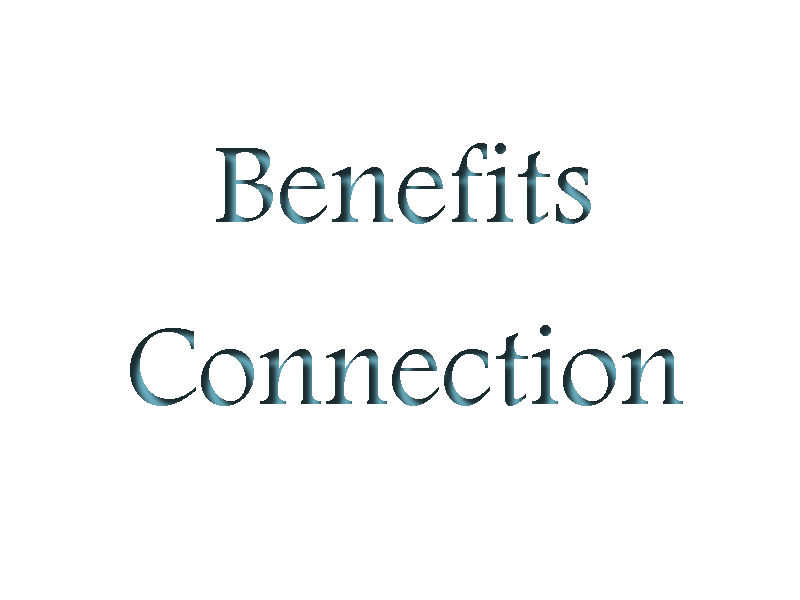News
Engagement Strategies For Wellness Programs
April 12, 2016
|

taken from Humana Wellness
Baby Boomers (1946-1964)
What You Need To Know
- After years of experience, they are more likely to feel some loyalty toward their employer.
- Many are delaying retirement because they don’t have enough money. People are living longer and using more healthcare.
- Some wellness activities seem unrealistic or irrelevant for their health situation.
Get Them Engaged
- Provide seminars, webinars, workshops, and educational materials about financial well-being. Some employee assistance programs include a financial-legal benefit.
- Offer wellness topics and activities like ergonomics, as well as challenges that have different levels of difficulty.
- When communicating about wellness programs or sharing employee testimonials, remember to be inclusive and feature a wide range of ages.
Generation X (1965-1978)
What You Need To Know
- Some are part of a “sandwich” generation—taking care of both their parents and their children.
- They may not feel as “married” to their jobs.
- Lack of time and stress are common concerns.
Get Them Engaged
- Work-Life programs can assist employees with both adult care and child care issues.
- Tie in more messaging about family health in your program communications. Some wellness programs can be used by members of the employee’s family.
- Use a centralized digital hub or portal to allow employees to skim info and resources quickly.
- Offer stress relief and emotional support with resources like an employee assistance program, meditation and yoga activities, and stress management skills education.
Generation Y / Millennials (1979-1997)
What You Need To Know
- This generation really cares about corporate social responsibility.
- They are accustomed to swift, easy-to-use technologies.
- They face an unpredictable economy, millions of dollars in student loan debt, and uncertainties about Social Security.
Get Them Engaged
- Demonstrate your corporate social responsibility by holding charity drives, community events, and opportunities for volunteering.
- Make sure to use digital tools that load quickly, are optimized to mobile devices, and are easy to navigate and skim.
- Offer financial well-being programs that cover topics like debt management and saving up for retirement. Seminars and workshops are standard, but consider providing webinars, podcasts, e-books, and other digital media.
